A DNA-powered PC may not be on the horizon, but DNA can still compute even if it can’t build a computer.


A DNA-powered PC may not be on the horizon, but DNA can still compute even if it can’t build a computer.
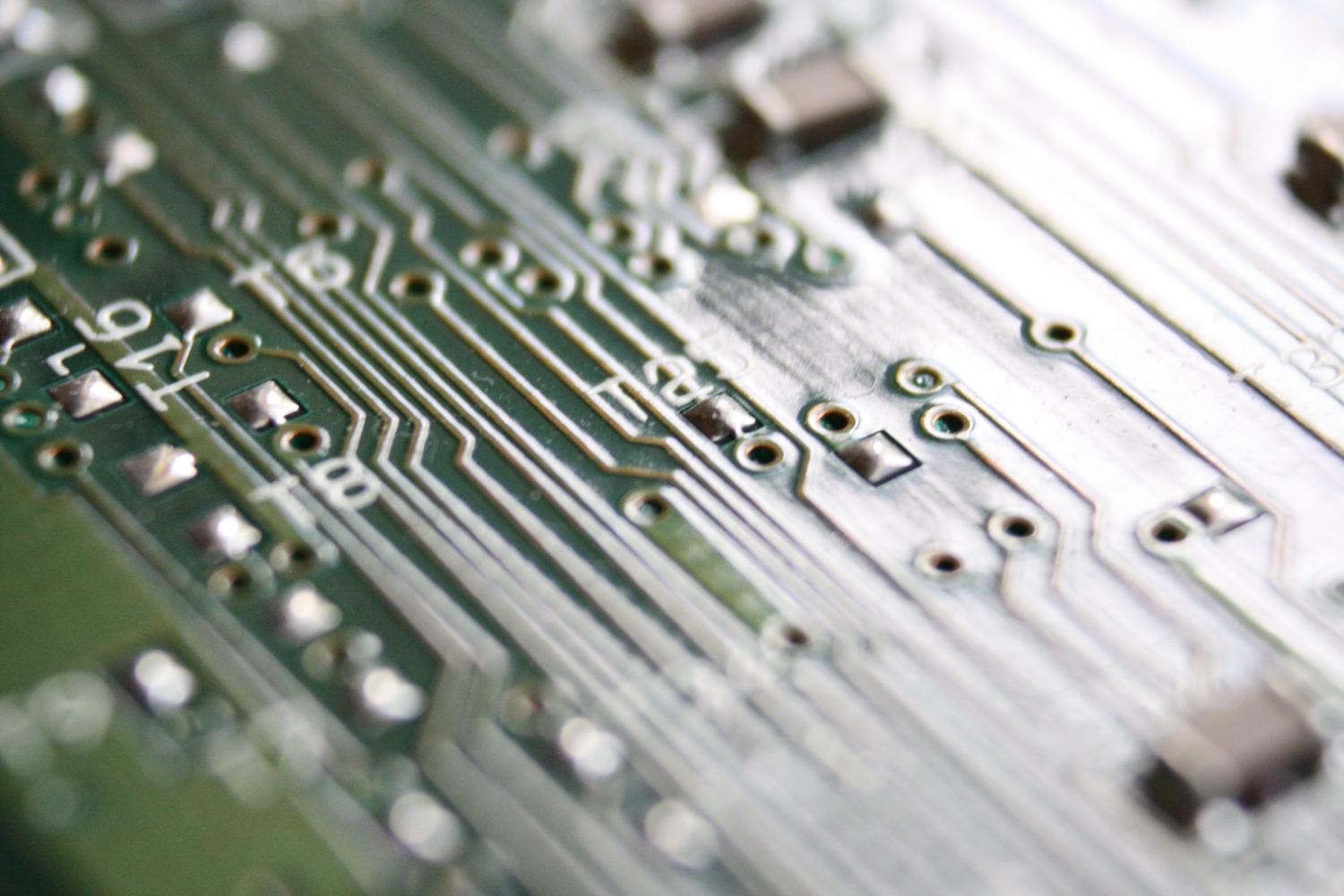
Some people might find it enough reason to worry; others, enough reason to be upbeat about what we can achieve in computer science; all await the next chapters in artificial intelligence to see what more a machine can do to mimic human intelligence. We already saw what machines can do in arithmetic, chess and pattern recognition.
MIT Technology Review poses the bigger question: to what extent do these capabilities add up to the equivalent of human intelligence? Shedding some light on AI and humans, a team went ahead to subject an AI system to a standard IQ test given to humans.
Their paper describing their findings has been posted on arXiv. The team is from the University of Illinois at Chicago and an AI research group in Hungary. The AI system which they used is ConceptNet, an open-source project run by the MIT Common Sense Computing Initiative.

The significant advance, by a team at the University of New South Wales (UNSW) in Sydney appears today in the international journal Nature.
“What we have is a game changer,” said team leader Andrew Dzurak, Scientia Professor and Director of the Australian National Fabrication Facility at UNSW.
“We’ve demonstrated a two-qubit logic gate — the central building block of a quantum computer — and, significantly, done it in silicon. Because we use essentially the same device technology as existing computer chips, we believe it will be much easier to manufacture a full-scale processor chip than for any of the leading designs, which rely on more exotic technologies.
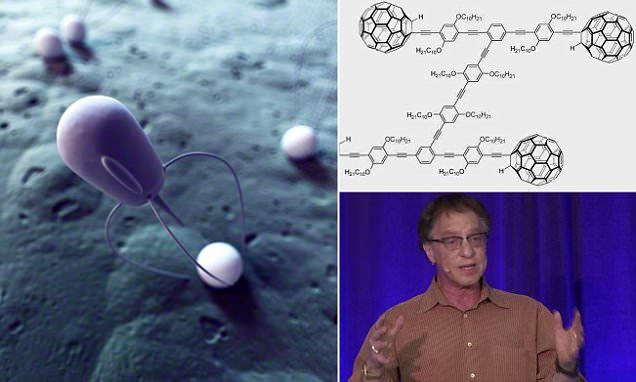
Computer scientist Ray Kurzweil, founder of the California-based Singularity University, claims that by 2030s humans could be using nanobots to connect our brains to the cloud.

For decades, researchers have been trying to build a computer that harnesses the enormous potential of quantum mechanics. Now engineers from the University of New South Wales (UNSW) in Australia have overcome the final hurdle, by creating a quantum logic gate in silicon — the same material that today’s computer chips are made from.
The newly developed device allows two quantum bits — or qubits — to communicate and perform calculations together, which is a crucial requirement for quantum computers. Even better, the researchers have also worked out how to scale the technology up to millions of qubits, which means they now have the ability to build the world’s first quantum processor chip and, eventually, the first silicon-based quantum computer.
Right now, regular computer chips store information as binary bits, which are either in a 0 or 1 state. This system works well, but it means that there’s a finite amount of data that can be processed. Qubits, on the other hand, can be in the state of 0, 1, or both at the same time, which gives quantum computers unprecedented processing power… if we can work out how to build them.
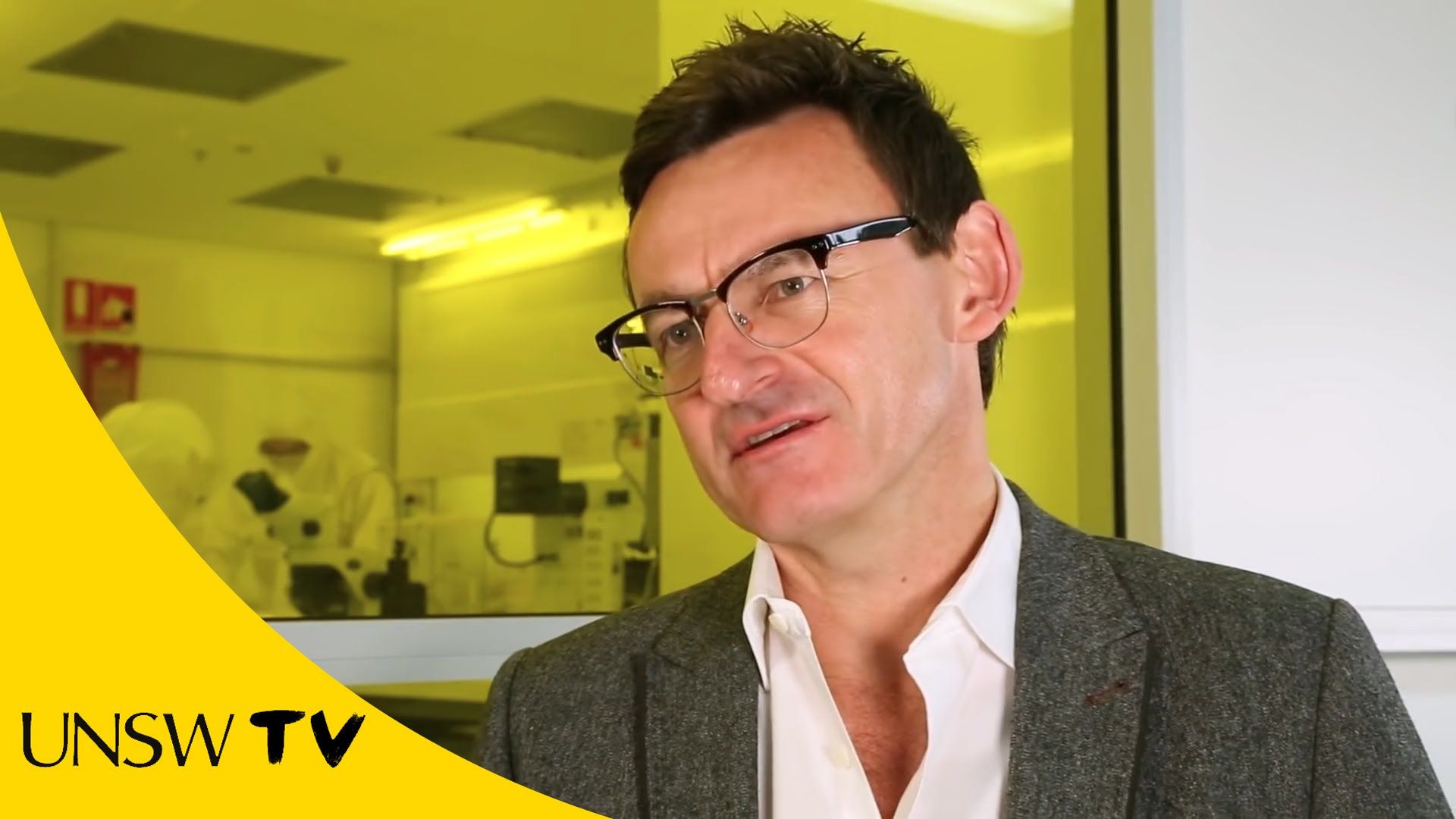
A Game Changer in Quantum Computing:
The ingredients for superfast computers could be nearly in place. For the first time, researchers have demonstrated that two silicon transistors acting as quantum bits can perform a tiny calculation.
The advance represents the final physical component needed to realise the promise of super-powerful silicon quantum computers, which harness the science of the very small — the strange behaviour of subatomic particles — to solve computing challenges that are beyond the reach of even today’s fastest supercomputers. Potentially transforming fields like encryption and the search for new pharmaceuticals.
The significant advance, by a team at the University of New South Wales (UNSW) in Sydney appears today in the international journal Nature (“A two-qubit logic gate in silicon”).
“What we have is a game changer,” said team leader Andrew Dzurak, Scientia Professor and Director of the Australian National Fabrication Facility at UNSW.
“We’ve demonstrated a two-qubit logic gate — the central building block of a quantum computer — and, significantly, done it in silicon. Because we use essentially the same device technology as existing computer chips, we believe it will be much easier to manufacture a full-scale processor chip than for any of the leading designs, which rely on more exotic technologies.
“This makes the building of a quantum computer much more feasible, since it is based on the same manufacturing technology as today’s computer industry,” he added.
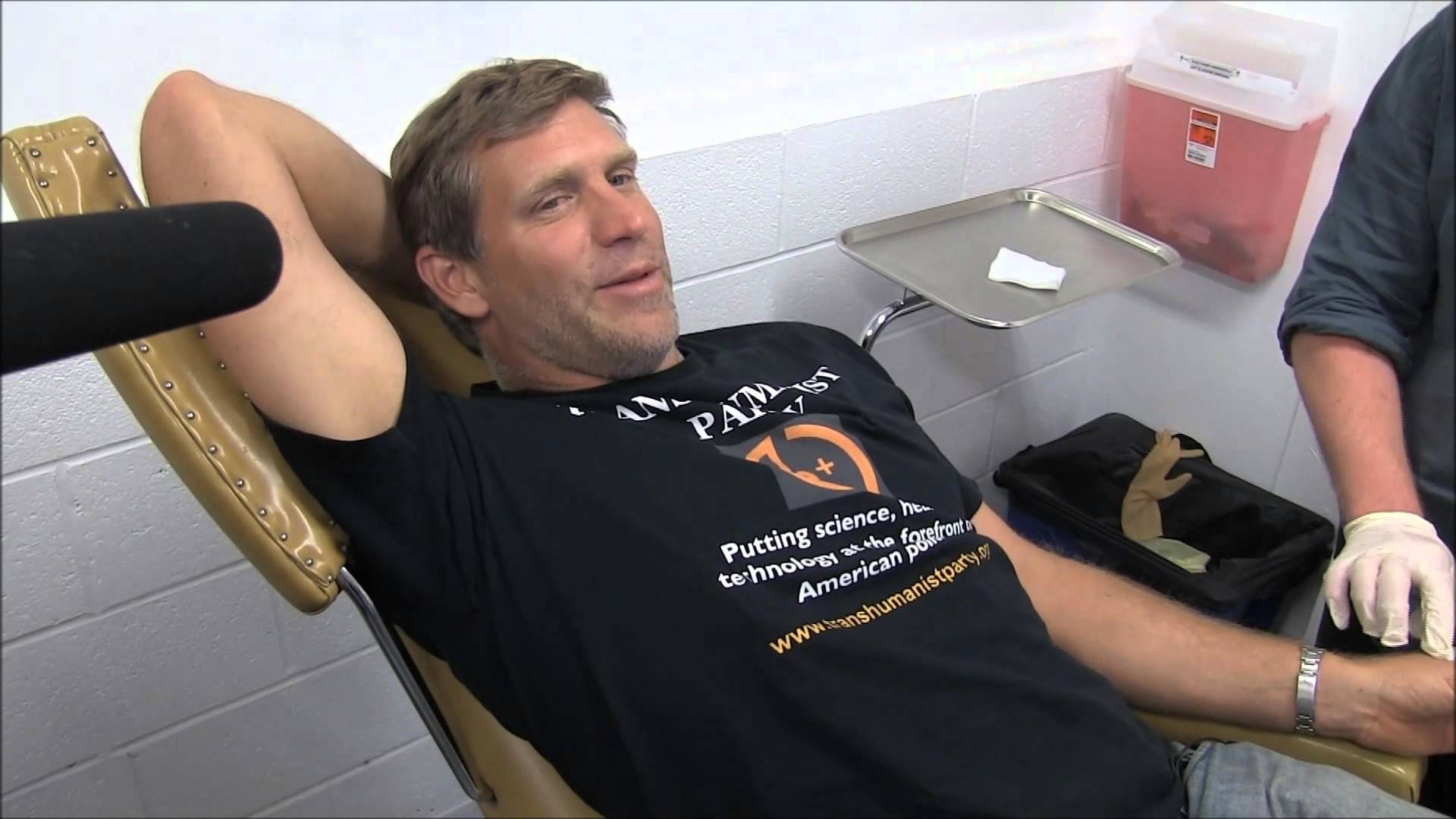
My new and first article for The Daily Dot. It’s about transhumanism and the Immortality Bus tour:
Even though I was born after the 1960s, I’ve always been fascinated with that era. Some people credit Ken Kesey’s cross country bus trip aboard colorfully painted “Further” as helping to create a generation of hippies. Of course, my Immortality Bus (shaped to look like a coffin) wants to stir up the national consciousness as well, aiming to usher in its own cultural shift. Whereas the ‘60s were about peace, love, drugs, and sex, I believe the next decade will be about virtual reality, implants, transhumanism, and overcoming death with science. For futurists like myself, that’s quite an intoxicating mix.
The fact is that a lot of radical tech, science, and medicine are already here in America. Consider that today the paralyzed can walk via exoskeleton suits, the blind can see via bionic eyes, and the limbless can grab a bottle of water and drink with artificial limbs that connect to their nervous system. Additionally, lifespans are increasing for people all around the planet. Science is rapidly making the world a better place, and it’s starting to eliminate suffering and hardship for billions of people.
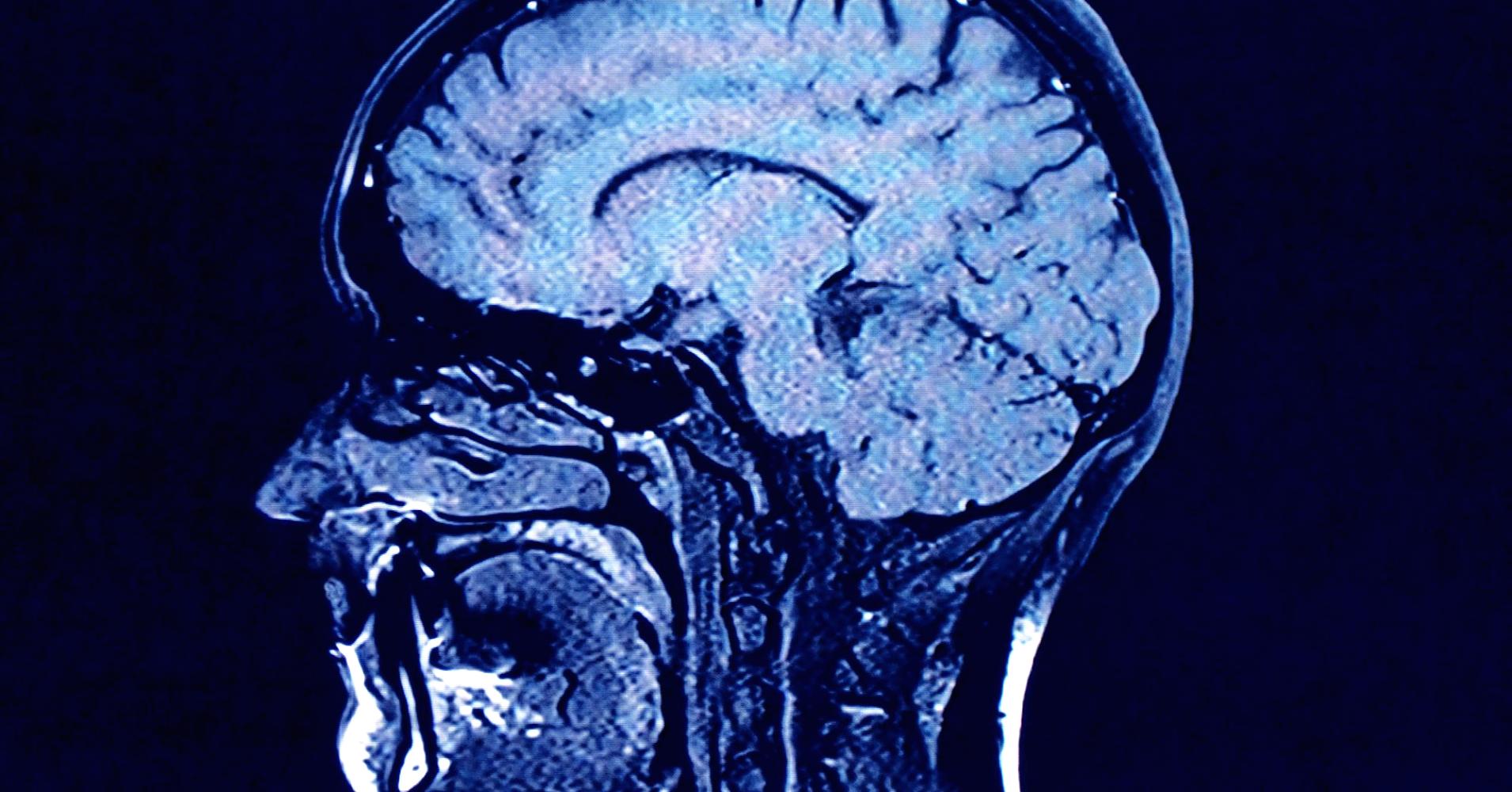
Researchers have developed a computer algorithm that mimics the brain’s electrical signalling and helps memory. The FT reports.

First it was toggle switches. And then keyboards, the mouse and other standard interface devices gave us control of computers and the digital world. From the tangible, to hands-free and beyond, the ways in which we control digital systems are expanding. We’ve collected just a few of the interesting products and concepts that are breaching the two-dimensional world of computing and merging it with our physical reality.
[Image: Jinha Lee / MIT Media Lab].
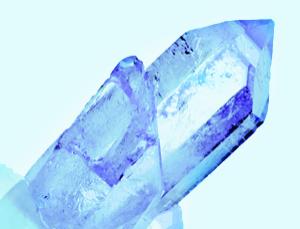
The heat-death of the universe need not bring an end to the computing age. A strange device known as a time crystal can theoretically continue to work as a computer even after the universe cools. A new blueprint for such a time crystal brings its construction a step closer.
Ordinary crystals are three-dimensional objects whose atoms are arranged in regular, repeating patterns – just like table salt. They adopt this structure because it uses the lowest amount of energy possible to maintain.
Earlier this year, Frank Wilczek, a theoretical physicist at the Massachusetts Institute of Technology, speculated that a similar structure might repeat regularly in the fourth dimension – time.